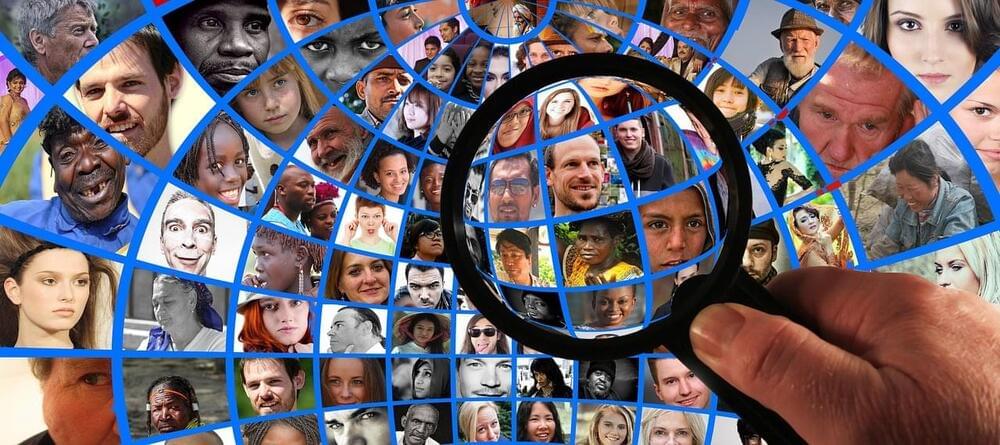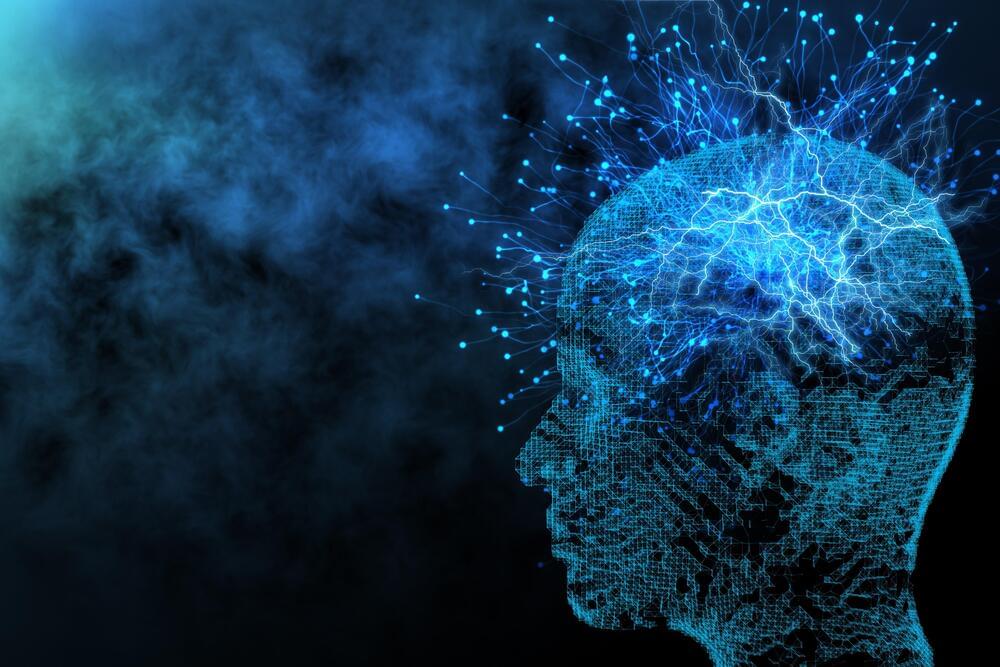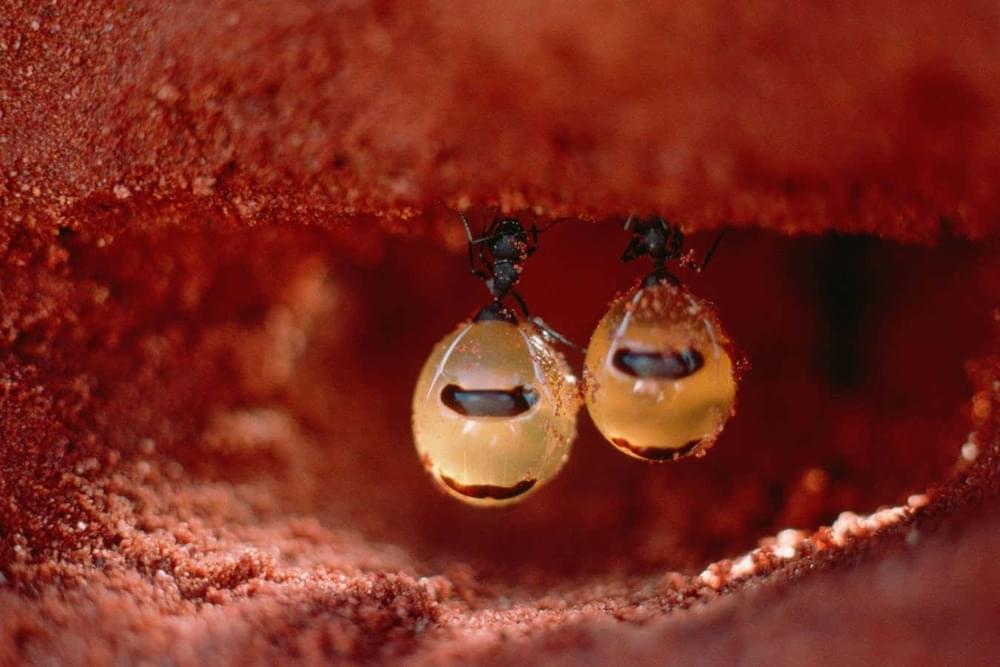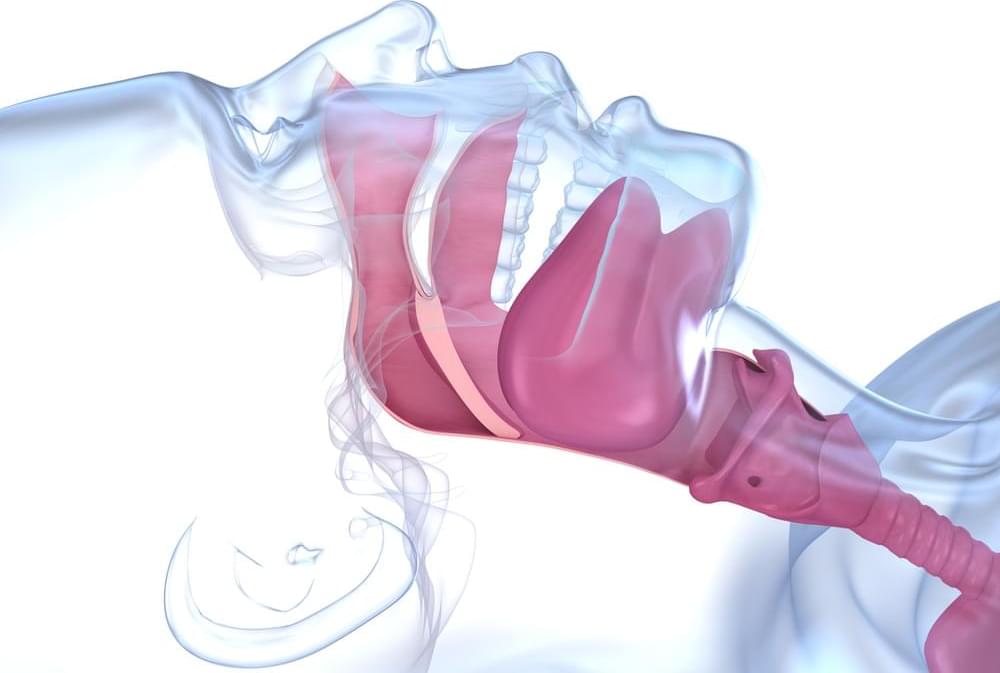Reduction in blood oxygen levels, largely attributed to blocked airways, emerges as a leading factor.
Researchers have found that people with obstructive sleep apnea have an increased cardiovascular risk due to reduced blood oxygen levels, largely explained by interrupted breathing. Obstructive sleep apnea has long been associated with increased risk of cardiovascular issues, including heart attack, stroke, and death, but the findings from this study, partially supported by the National Institutes of Health and published in the American Journal of Respiratory and Critical Care Medicine, show the mechanism mostly responsible for the link.
“These findings will help better characterize high-risk versions of obstructive sleep apnea,” said Ali Azarbarzin, Ph.D., a study author and director of the Sleep Apnea Health Outcomes Research Group at Brigham and Women’s Hospital and Harvard Medical School, Boston. “We think that including a higher-risk version of obstructive sleep apnea in a randomized clinical trial would hopefully show that treating sleep apnea could help prevent future cardiovascular outcomes.”
 עברית (Hebrew)
עברית (Hebrew)






